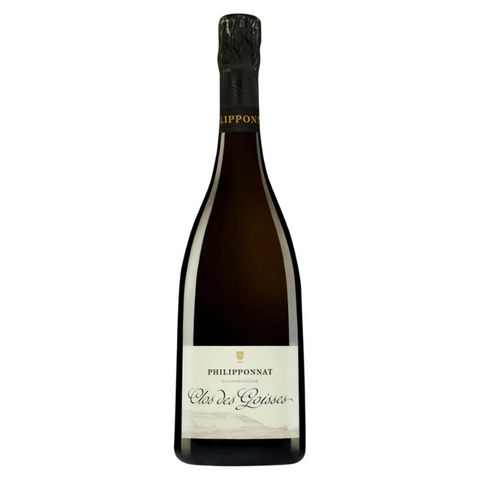Tasting Notes & Ratings
Grape
85% Pinot Noir, 15% Chardonnay
Dosage
4.5g/L
From the Champagne region’s most exceptional hillside vineyard: The 5.83 hectare vineyard protected by walls is one of the region’s few “clos” and the oldest and steepest in Champagne. In a perfect position facing due south, it stands on the best hillside in Mareuil-sur-Ay. It really is an exceptional terroir where the chalky bedrock is very close to the surface.
Tasting notes
Exhibits aromas of citrus, apple, and toast. The palate is powerful and concentrated with flavors of lemon, apple, and a touch of brioche, with a long, mineral finish.
Expert ratings
Robert Parker 96/100
"Describes the 2012 Clos des Goisses as a powerful and expressive champagne, with a complex bouquet of ripe orchard fruits, citrus zest, and hints of toasted brioche. The palate is full-bodied and richly textured, showcasing layers of fruit flavors balanced by a vibrant acidity and a pronounced mineral backbone. The finish is long, elegant, and characterized by a persistent saline note that adds depth and complexity."

